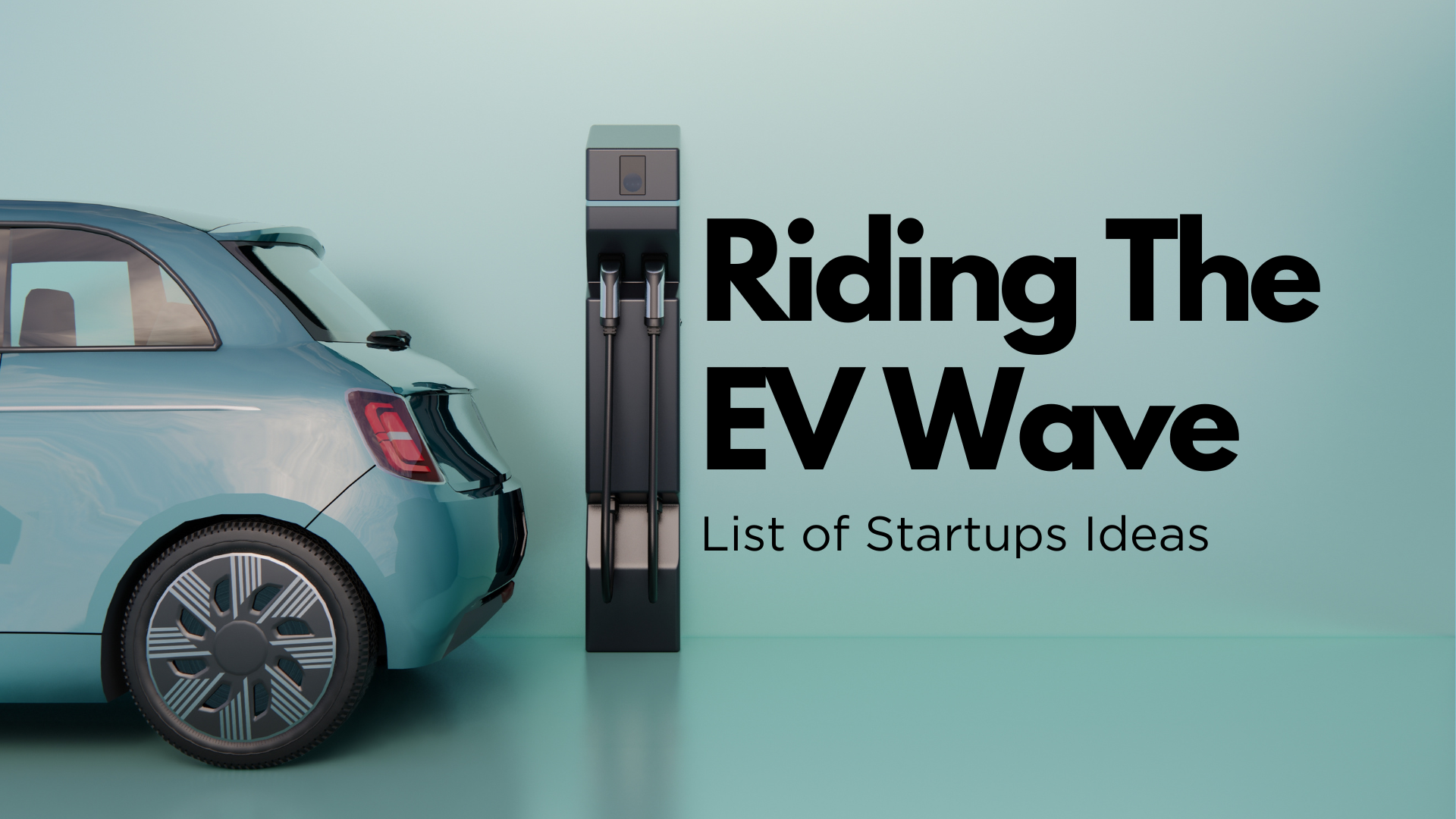Author: Arief Faldiansyah
As the climate change becomes more apparent, more focus has been put into sustainable options. In transportation, there comes electric vehicles (EV). EV generally have a lower carbon footprint compared to Internal Combustion Engine (ICE) Vehicles, especially in the region where clean energy is available.
Jakarta Post, stated that Indonesia is home to world’s largest nickel reserves and a leading producer of minerals, copper, and tin which are all essentials to EV battery production. This insight make Indonesia have strategic advantage to become significant player in global EV ecosystem. Even With enormous economic & environmental benefits, EV penetration in Indonesia stood at less than 2 percent in 2023 (Compare to 35 in China, Source), we believe there will be a significant increase in the adoption rate. HSBC Research indicated that EV adoption can reach 25 percent by 2030.
There are several factors greasing the wheel of EV penetration in Indonesia including government initiatives, increasing environmental awareness, and advancements in technology. Here’s a list of market drivers and current restraint of the EV market in Indonesia.
Market Drivers
- Government Support:
- Incentives for EV manufacturers and buyers, including tax reductions, subsidies, and import duty exemptions.
- Environmental Concerns:
- Increasing awareness of the adverse effects of pollution and the benefits of reducing carbon emissions.
- Commitment to international agreements like the Paris Agreement, promoting sustainable practices.
- Technological Advancements:
- Improvements in battery technology, leading to longer ranges and shorter charging times.
- Innovations in manufacturing processes, reducing production costs.
Market Restraints
- High Initial Costs:
- EVs are generally more expensive than their internal combustion engine counterparts, deterring price-sensitive consumers.
- Significant investment required for developing charging infrastructure and battery production facilities.
- Limited Infrastructure & Choices:
- Insufficient charging stations, especially in rural and remote areas.
- Lack of standardization in charging connectors and protocols.
- In 2023, There are only 10 model of EV available in market compare to ICE that have 167 models, source
- Consumer Perception:
- Skepticism regarding the reliability and performance of EVs.
- Concerns over the availability of maintenance and repair services.
Potential Ventures in the EV Ecosystem
- Electric Cars and Motorcycles:
- Potential Ventures:
- Domestic Manufacturing: Companies like PT. Wijaya Karya (WIKA) and PT. Astra International are investing in local manufacturing to reduce dependency on imports and create affordable electric cars and motorcycles for the Indonesian market.
- Startups: Emerging companies such as Gesits (electric motorcycle) and Viar Motor (electric scooter) are gaining traction, offering innovative and cost-effective solutions.
- Potential Ventures:
- EV Charging Infrastructure:
- Potential Ventures:
- Charging Station Providers: Companies like PLN (State Electricity Company) and startups like ChargeIN are expanding the network of charging stations across major cities.
- Battery Swapping Services: Startups like SWAP Energi Indonesia are pioneering battery swapping stations, offering quick and convenient solutions for electric motorcycles.
- Potential Ventures:
- Battery Manufacturing:
- Potential Ventures:
- Local Production: Companies like PT. Indonesia Asahan Aluminium (Inalum) and PT. Pertamina are exploring opportunities to produce lithium-ion batteries domestically, leveraging Indonesia’s rich nickel reserves.
- Joint Ventures: Partnerships with global battery manufacturers to establish production facilities in Indonesia.
- Potential Ventures:
- Electric Public Transport:
- Potential Ventures:
- Electric Buses: Companies like PT. Mobil Anak Bangsa (MAB) is developing electric buses for public transportation, with plans to collaborate with city governments.
- Electric Trains: Expansion of electric rail networks and development of light rail transit (LRT) systems in major cities.
- Potential Ventures:
- EV Logistic Company:
- Potential Ventures:
- Last-Mile logistics: Company like Dash Electric is giving tailored services of green delivery, notable clients are Sayurbox, Kopi Kenangan, and JNE.
- Potential Ventures:
Conclusion
The EV market in Indonesia holds immense potential, with opportunities across various sub-industries. While there are challenges to overcome, the combined efforts of the government, private sector, and consumers can drive the growth of this market. By capitalizing on the country’s natural resources, technological advancements, and increasing environmental consciousness, Indonesia can become a significant player in the global EV landscape.

